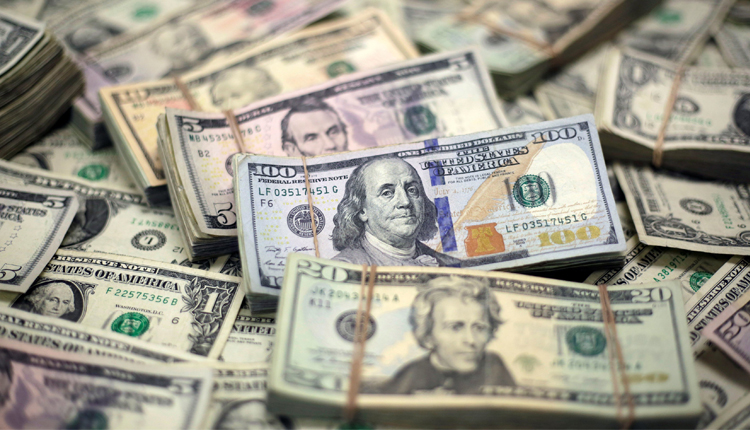China’s offshore yuan and the Australian dollar found their footing again on Tuesday as broader sentiment stabilized after U.S. President Donald Trump said he expected Sino-U.S. trade negotiations to be successful.
Trump said earlier he would meet with Chinese President Xi Jinping at a G20 summit next month. China had announced on Monday it would impose higher tariffs on $60 billion of U.S. goods following Washington’s decision last week to hike its own levies on $200 billion in Chinese imports.
Though analysts said it would take time for volatility to settle completely, risk-sensitive currencies including the offshore yuan and the Aussie held up well following comments from Trump late on Monday that trade talks with China are “going to be very successful.”
Masafumi Yamamoto, chief currency strategist at Mizuho Securities, said the timing of Beijing’s announcement that it would impose higher tariffs on U.S. goods had exacerbated moves in the foreign exchange market during the previous session.
“It seems the timing was probably a surprise so the moves in the currency market were rather large,” Yamamoto said, adding that market participants could also be over-reacting to Trump’s latest trade-related comments.
“Trump said he believes that (the trade talks) will be successful, but success for him isn’t necessarily a success for China,” Yamamoto said.
China’s offshore yuan last gained about a quarter of a percent at 6.8948 per dollar.
The yuan had suffered its steepest one-day decline since late July last year during the previous session, before hitting its lowest versus the greenback since late December early on Tuesday.
The Australian dollar managed to firm a tenth of a percent to $0.6952 after brushing its lowest since early January earlier in the session.
The Aussie is often seen as a proxy for Chinese growth because of Australia’s export-reliant economy and China being the country’s main destination for its commodities.
“Volatility in the market has risen quite a lot. I think it will take time before it will settle,” said Yukio Ishizuki, senior currency strategist at Daiwa Securities.
Ishizuki said he thought it was unlikely that sentiment would deteriorate significantly from here ahead of Trump’s planned meeting with Xi next month.
“Quite a lot of negative news has come out. But with things as they are, those have already been priced in by the market,” he added.
The dollar index against a basket of six rivals held steady at 97.320, having ended the previous session little changed.
Investor focus on Tuesday was also on eurozone industrial production for March and Germany’s ZEW economic sentiment index for May, both due around 0900 GMT.
The euro rose 0.15% to $1.1238. Sterling was a shade higher at $1.2968.
Against the safe-haven yen, the dollar gained a quarter of a percent to 109.60, bouncing in line with the recovery in sentiment after falling as low as 109.15 yen in early trade.
The greenback had touched a more than three-month low of 109.02 yen brushed during the previous session when it shed nearly 0.6%.
Bitcoin, the world’s best-known cryptocurrency, on Monday hit $8,000 on the Bitstamp exchange for the first time since July last year, before retreating slightly. It was last up 1.9% on the day at $7,965.98.
Source: Reuters



